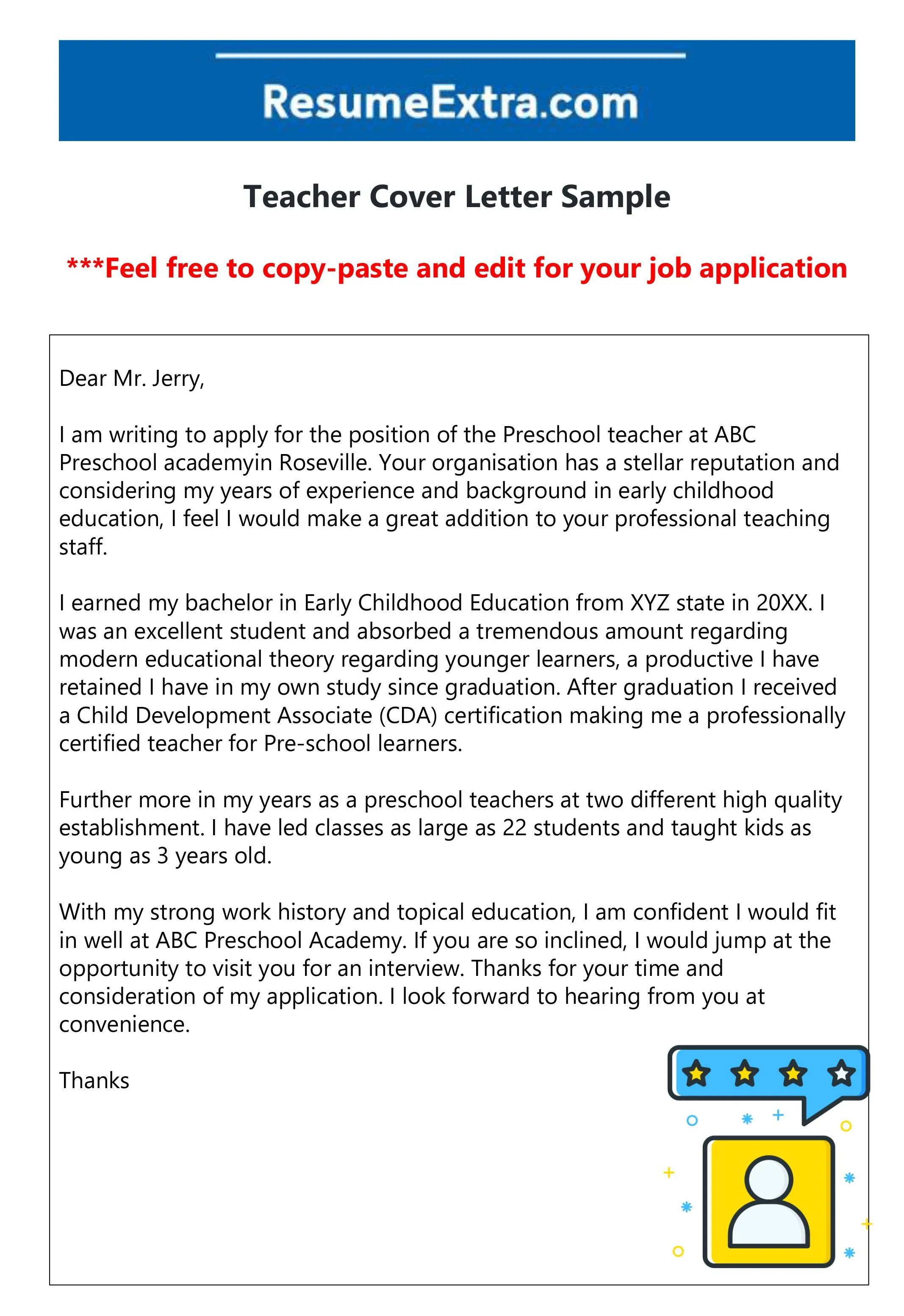What is a Teacher Cover Letter
A teacher cover letter is a crucial document that accompanies your resume when applying for teaching positions. It serves as a personal introduction and allows you to elaborate on your qualifications, skills, and experiences in a more detailed and personalized way than your resume. The primary function of the cover letter is to persuade the hiring committee that you are the ideal candidate for the job. It provides an opportunity to showcase your passion for teaching, your understanding of the school’s needs, and your commitment to student success. A well-crafted cover letter can significantly increase your chances of getting an interview.
The Importance of a Teacher Cover Letter
In a competitive job market, a strong teacher cover letter can set you apart from other applicants. It provides a platform to highlight your unique qualities, demonstrate your teaching philosophy, and express your enthusiasm for the specific role. Many hiring managers consider the cover letter as a key factor in evaluating candidates, as it reveals your communication skills, your ability to tailor your application, and your overall suitability for the position. A well-written cover letter can also address any potential concerns the hiring committee might have, such as gaps in your employment history or lack of direct experience.
Key Components of a Teacher Cover Letter
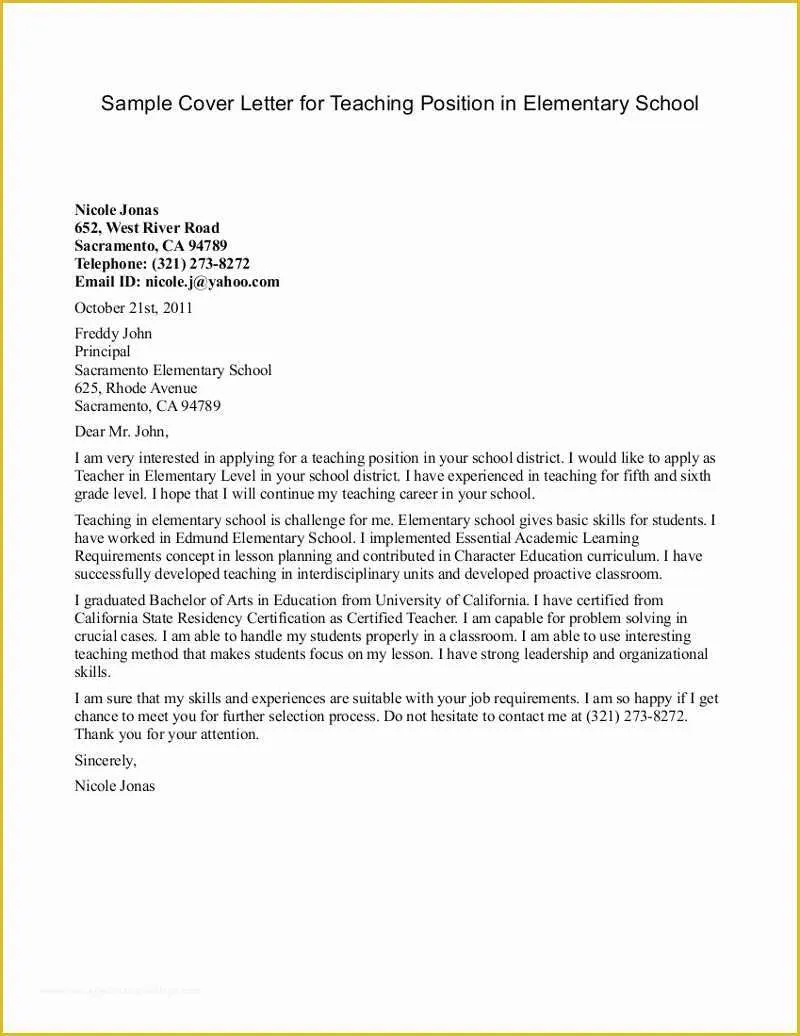
A compelling teacher cover letter should consist of several key components that collectively convey your qualifications and suitability for the role. These elements include a professional header, a personalized greeting, a concise opening paragraph that captures the reader’s attention, a body that showcases your skills and experience, and a strong closing that expresses your enthusiasm and gratitude. Each section plays a vital role in presenting you as a well-rounded candidate who is genuinely interested in the position.
Header Section
The header of your cover letter should contain your contact information. This includes your full name, phone number, email address, and optionally, your LinkedIn profile URL. The header should be consistently formatted and easy to read. Using a professional font and layout ensures your contact details are easily accessible to the hiring manager. The header should be placed at the top of the page, either on the left or center-aligned. Be sure to check for any typos or errors in your contact information before submitting your application.
Your Contact Information
Ensure your contact information is accurate and up-to-date. This includes your full name, phone number, and a professional email address. Avoid using informal or outdated email addresses. If you have a LinkedIn profile, include the URL, as it allows the hiring committee to learn more about your professional background and network. Verify that your phone number is active and that your voicemail is set up and ready to receive messages. Keeping your contact information accurate and easily accessible is critical to ensuring that the hiring manager can readily reach you for an interview.
Date
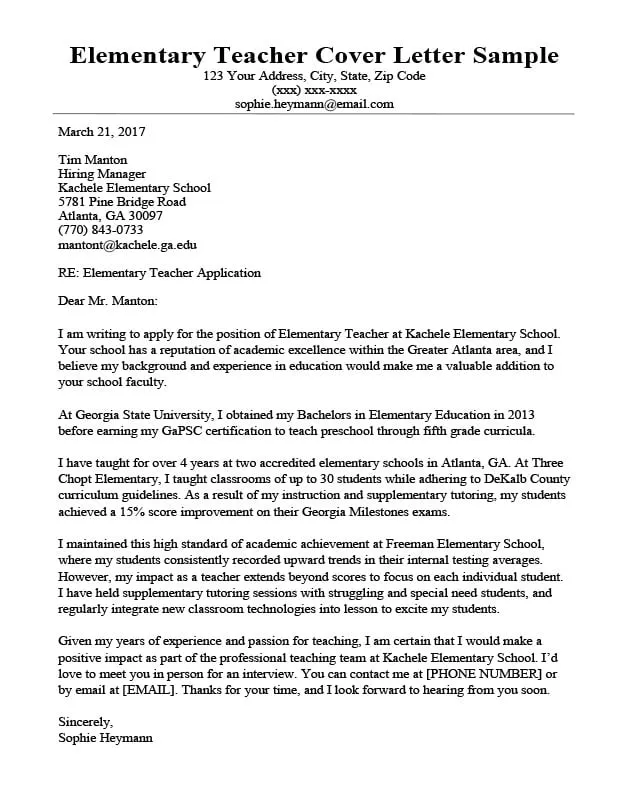
The date is crucial for establishing when you wrote the cover letter. It is typically placed below your contact information, usually on the left or right-aligned. Use the current date to ensure accuracy. The date provides context and helps the hiring manager understand when you applied for the position. Maintain a consistent date format throughout all your professional documents, such as your resume and cover letter, to create a professional appearance.
Recipient’s Information
Ideally, address your cover letter to a specific person, such as the hiring manager or the principal of the school. This demonstrates that you have taken the time to research and personalize your application. If you cannot find the name of the hiring manager, try contacting the school directly or searching on their website. If you are unable to find a specific name, using a generic greeting like ‘Dear Hiring Committee’ is acceptable but less personalized. Including the correct recipient’s information shows attention to detail and a genuine interest in the role.
Salutation
A formal salutation sets the tone for your cover letter. Begin with a respectful greeting, such as ‘Dear Mr./Ms./Dr. [Last Name]’ if you know the recipient’s name. If you don’t know the name, use a general salutation like ‘Dear Hiring Manager’ or ‘Dear [School Name] Hiring Committee’. Avoid overly casual greetings or phrases that could be seen as unprofessional. Your salutation should be aligned with your professional demeanor and reflect your respect for the position.
Opening Paragraph
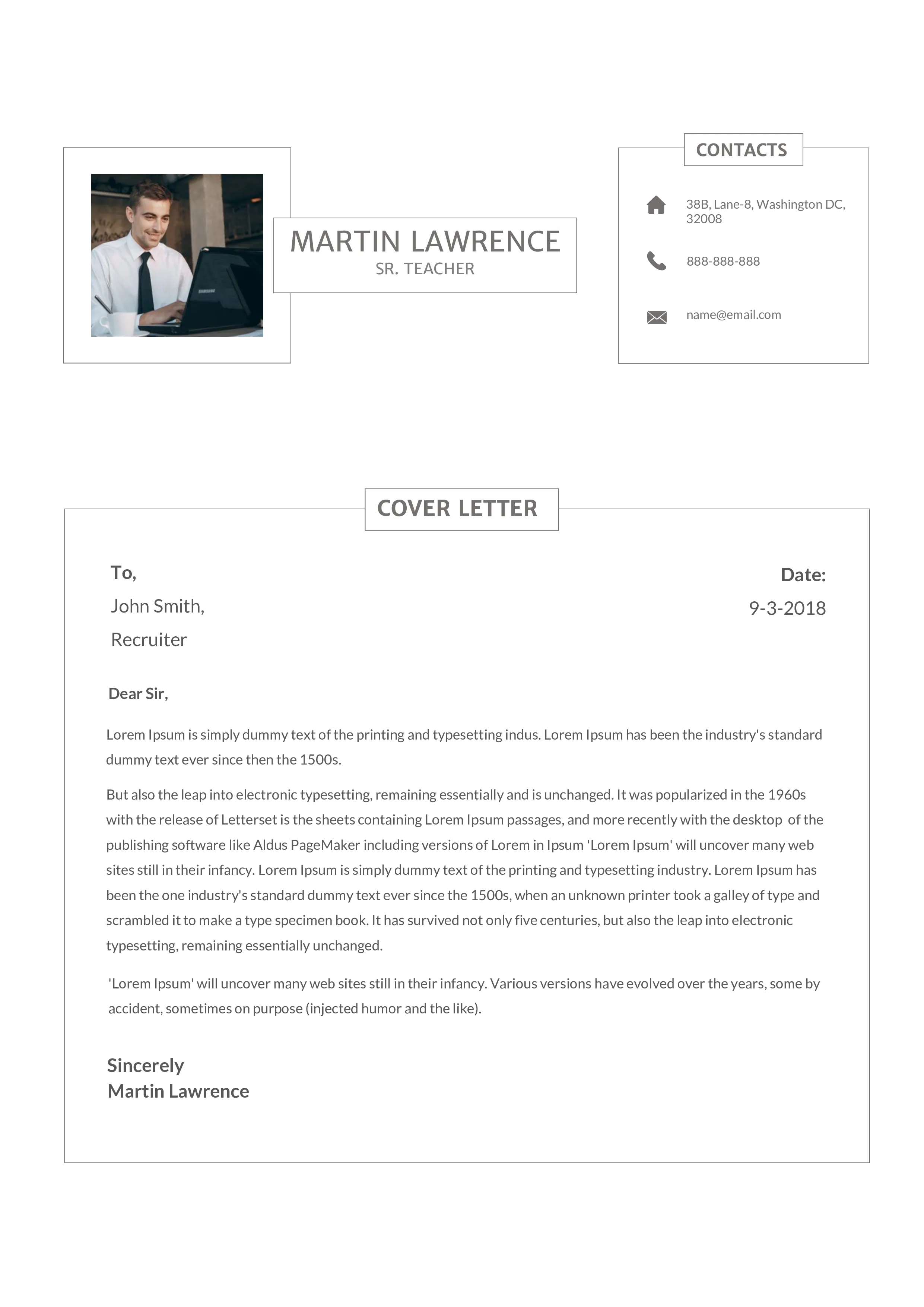
The opening paragraph should immediately grab the reader’s attention. Briefly state the position you are applying for and how you learned about it. Clearly state your enthusiasm for the role and school, and highlight a key qualification or accomplishment that makes you a strong candidate. The opening paragraph should set the stage for the rest of your cover letter and encourage the reader to continue reading. Make a strong first impression by immediately demonstrating your interest and suitability for the position.
Highlight Your Passion and Skills
In the body of your cover letter, showcase your passion for teaching and the skills that align with the job requirements. Provide specific examples of how you’ve applied these skills in previous teaching roles or experiences. Use action verbs to describe your accomplishments and the impact you have had on students. Demonstrate a genuine interest in the students, the school, and the subject matter you are passionate about teaching. Tailor this section to the specific job description, highlighting the skills and experiences most relevant to the position.
Showcase Your Relevant Experience
Provide detailed examples of your experience. Mention specific teaching roles, responsibilities, and any specialized knowledge or skills that make you a strong candidate. The goal is to prove to the hiring manager that you have the necessary skills and expertise to succeed in the position. Use the STAR method (Situation, Task, Action, Result) to describe your experiences, highlighting the impact you made in previous roles. Focus on the experiences that demonstrate the most relevant skills for the position to make your cover letter as impactful as possible.
Quantify Your Achievements
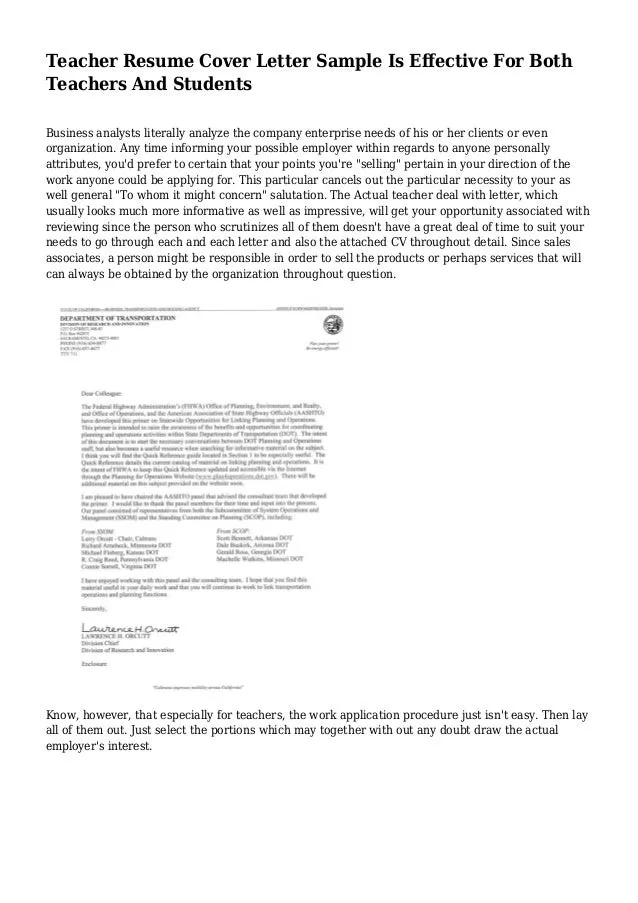
Wherever possible, quantify your achievements to demonstrate the impact of your work. Use data and statistics to support your claims. For example, instead of saying ‘Improved student test scores,’ you could say ‘Improved student test scores by 15% through implementing differentiated instruction strategies.’ Quantifying your achievements adds credibility to your cover letter and showcases your ability to deliver results. Use numerical data to showcase the impact of your work and demonstrate your value to the hiring manager.
Explain Why You’re a Great Fit
Clearly articulate why you are a great fit for the school or district and the specific position. Explain how your skills and experience align with their needs and values. Demonstrate that you have researched the school and understand its mission, vision, and goals. Explain how your teaching philosophy aligns with the school’s approach to education and student learning. Customize your cover letter to reflect your deep understanding of the school’s needs and priorities.
Closing Paragraph
In your closing paragraph, reiterate your interest in the position and thank the hiring manager for their time and consideration. Express your enthusiasm for the opportunity to discuss your qualifications further in an interview. Be specific about how you can contribute to the school and its students. Keep the tone positive and confident, and reiterate your availability for an interview. A well-written closing paragraph leaves a lasting positive impression on the hiring manager.
Express Your Enthusiasm and Gratitude
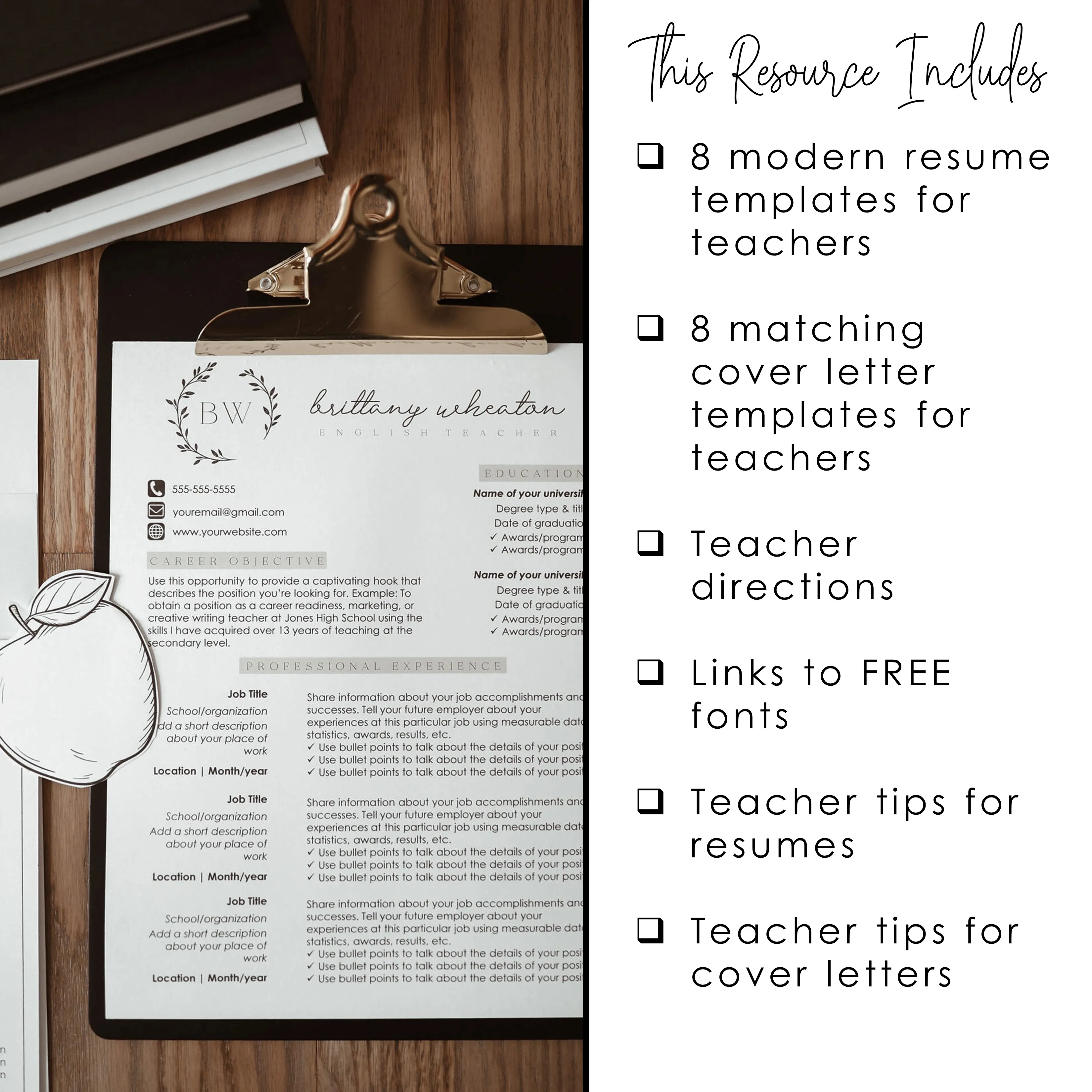
End your cover letter by expressing your enthusiasm for the opportunity and your gratitude for the hiring manager’s time and consideration. Show that you’re genuinely interested in the position and that you appreciate the opportunity to be considered. A sincere expression of gratitude leaves a positive and professional impression, which can make you stand out from other applicants. Expressing your enthusiasm will reinforce your desire to join the team.
Call to Action
Include a call to action in your closing paragraph to encourage the hiring manager to contact you. Invite them to reach out to schedule an interview or to ask any further questions. Provide your contact information again for easy reference. Make it as easy as possible for the hiring manager to take the next step in the hiring process. A clear call to action increases the chances of moving forward in the application process.
Formal Closing and Signature
Use a professional closing such as ‘Sincerely’ or ‘Best regards,’ followed by your typed name. If you are submitting a physical copy of your cover letter, leave space for your signature above your typed name. Ensure the closing is appropriate and formal, reflecting your professionalism. A proper closing provides a polished end to your cover letter and reinforces your attention to detail.
Proofread and Edit
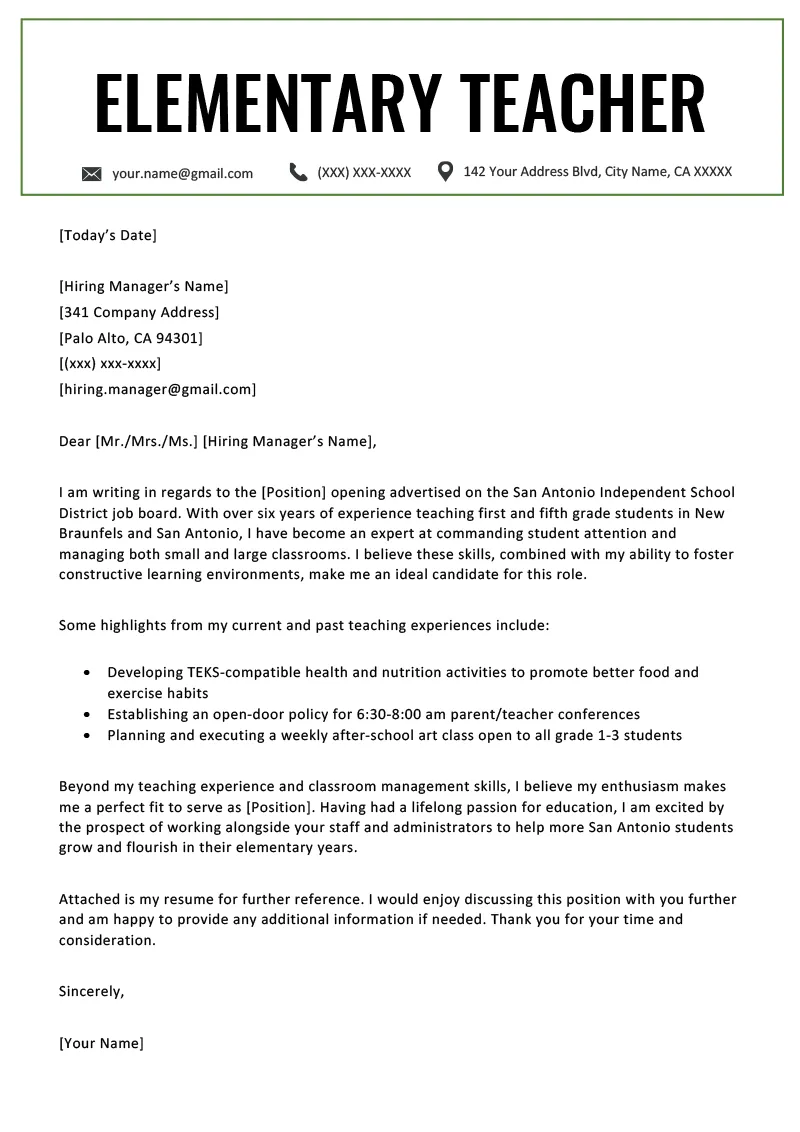
Proofreading is a critical step in the cover letter writing process. Carefully review your cover letter for any typos, grammatical errors, and spelling mistakes. Ask a friend, family member, or career counselor to review your cover letter for clarity and accuracy. Proofreading ensures that your cover letter is polished and professional, reflecting your attention to detail and commitment to excellence. Take the time to thoroughly check every aspect of your cover letter to avoid errors that could negatively impact your application.
Formatting Tips
Proper formatting enhances the readability and professionalism of your cover letter. Use a standard font, such as Times New Roman or Arial, with a font size between 11 and 12 points. Maintain consistent formatting throughout the document. Use single spacing for the body of your letter and double spacing between paragraphs. Ensure your letter is visually appealing and easy to read. A well-formatted cover letter shows attention to detail and makes it easy for the hiring manager to quickly read and process the information.
Font Selection and Readability
Choose a font that is clear, readable, and professional. Avoid using overly stylized or decorative fonts, which can be distracting. Standard fonts like Times New Roman, Arial, or Calibri are excellent choices. The font size should be between 11 and 12 points. Ensure that your font choice is consistent throughout the document and contributes to the overall readability of your cover letter. Prioritize clarity and ease of reading to ensure your message is effectively conveyed.
Length and Structure
Keep your cover letter concise and to the point. Aim for a length of one page. Structure your cover letter logically, with clear paragraphs and sections. Use headings and bullet points to break up large blocks of text and make your cover letter easy to scan. Ensure that your letter is well-organized and easy to follow. A well-structured cover letter demonstrates your ability to communicate effectively and efficiently.
Tailoring Your Cover Letter
Customize your cover letter for each job application. Don’t send a generic cover letter to multiple schools. Research the school or district to understand their specific needs and priorities. Tailor your skills and experiences to match the job description and demonstrate how you can meet those needs. Show that you have taken the time to understand the school’s values and goals. By customizing your cover letter, you demonstrate your sincere interest in the specific position and the institution.
Researching the School or District
Before writing your cover letter, research the school or district to gain a better understanding of its mission, values, and goals. Visit the school’s website, read its mission statement, and review its educational philosophy. Look for information about the school’s programs, initiatives, and any recent achievements. This research will help you tailor your cover letter to the specific needs of the school and demonstrate your genuine interest. Showing your understanding of the school’s unique environment can significantly enhance your chances of being selected.
Using Keywords from the Job Description
Carefully review the job description and identify the key skills, qualifications, and requirements. Use these keywords throughout your cover letter to demonstrate your relevance to the position. However, do not overdo the use of keywords, as it can make your cover letter appear unnatural. Integrate keywords organically into your writing. The goal is to show that you meet the requirements outlined in the job description and that you possess the qualities the hiring manager is looking for. Using relevant keywords can help your application stand out during the initial screening process.
Different Cover Letter Types
Different types of cover letters serve unique purposes and are tailored to specific situations. Knowing the different types can help you adapt your cover letter to the specific needs of each application. The approach and content can be different, and knowing the specific needs of the role can make your cover letter much more effective.
Entry-Level Teacher Cover Letter
An entry-level teacher cover letter is designed for individuals with limited professional experience. It should emphasize your education, student teaching experience, relevant coursework, and any other experiences that demonstrate your potential as an educator. Highlight your passion for teaching, your teaching philosophy, and your commitment to student success. You can include details about your academic achievements, volunteer experiences, and any certifications or licenses you possess. In this type of cover letter, emphasize your eagerness to learn and your adaptability.
Experienced Teacher Cover Letter
An experienced teacher cover letter should showcase your accomplishments and demonstrate your proven track record of success. Focus on your significant achievements, such as improved student performance, innovative teaching methods, leadership roles, and contributions to the school community. The objective is to highlight your experience, expertise, and ability to make a positive impact. Include specific examples that prove your capability in the classroom and your commitment to educational excellence. Use this cover letter to highlight your expertise and showcase your unique skills.
Cover Letter for a Specific Teaching Position
A cover letter for a specific teaching position requires you to carefully tailor your skills and experience to the requirements of that particular role. Research the school and the specific responsibilities of the position. Address how your skills and experiences match the job description, and explain how you can contribute to the school and its students. Show your understanding of the specific role and the needs of the students. Customizing your cover letter for each application significantly increases your chances of securing an interview.
Additional Tips and Considerations
Beyond the core components of a cover letter, there are additional tips and considerations that can help you create a compelling and effective application. These include including a portfolio or links to your online presence, addressing any gaps in employment, and following up after submitting your application. Every additional detail helps you stand out in the crowd.
Including a Portfolio or Links
Consider including a link to an online portfolio or a digital version of your portfolio. This allows you to showcase your work, teaching resources, lesson plans, and other relevant materials. If you have a personal website or blog, include the URL. A portfolio provides concrete evidence of your skills and accomplishments and allows the hiring committee to get a better sense of your teaching style and abilities. Include your portfolio in a way that is easily accessible to the hiring manager and clearly labeled in your application. A portfolio is a fantastic way to showcase your experience and teaching skills.
Addressing Gaps in Employment
If there are gaps in your employment history, address them honestly and professionally in your cover letter. Briefly explain the reason for the gap and highlight any relevant activities you engaged in during that time. For example, if you took time off to raise children or pursue further education, briefly mention this and highlight any skills gained. Acknowledge the gap, explain the reasons, and emphasize any positive outcomes. This shows transparency and allows you to provide context for your career trajectory.
Following Up After Submission
After submitting your cover letter and resume, follow up with the hiring manager to express your continued interest in the position. Send a brief email or make a phone call to reiterate your enthusiasm and inquire about the status of your application. Be polite and professional, and express your appreciation for their time. Follow-up shows initiative and reinforces your interest in the position. Following up can help you stay top of mind with the hiring committee and increase your chances of receiving an interview.
